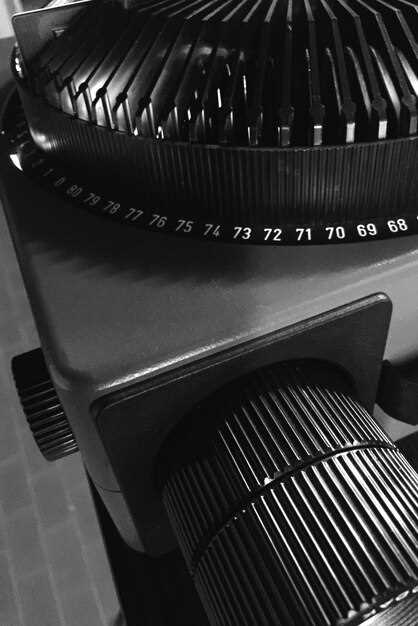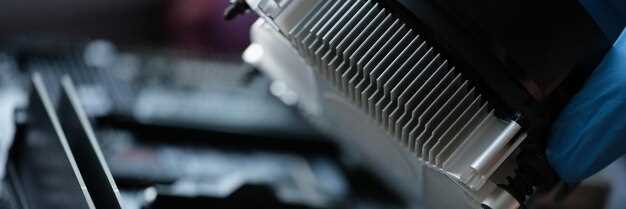
When it comes to maintaining optimal performance and longevity of your vehicle, the importance of a high-quality radiator cannot be overstated. Modern vehicles generate significant amounts of heat, and the radiator plays a crucial role in dissipating this heat to ensure the engine operates within safe temperature limits. However, as vehicles age or when modifications are made for performance, the stock radiator may no longer suffice, leading many enthusiasts to consider aftermarket options.
Aftermarket radiators offer several advantages over factory-installed units. Designed with improved materials and innovative engineering, these radiators can provide enhanced cooling efficiency, allowing your engine to maintain optimal operating temperatures under demanding conditions. Whether you’re an off-road adventurer, a weekend racer, or simply looking to increase the reliability of your daily driver, upgrading to an aftermarket radiator is a smart investment.
Additionally, aftermarket radiators often come with a variety of features tailored to specific needs. From increased cooling capacity and lightweight designs to advanced fans and connectors, these upgrades can significantly affect your vehicle’s overall performance. By choosing the right radiator, you not only boost your engine’s cooling efficiency but also enhance its performance, giving you greater peace of mind on the road.
Choosing the Right Aftermarket Radiator for Your Vehicle Model
Selecting the appropriate aftermarket radiator is essential for enhancing your vehicle’s cooling efficiency. Start by identifying your specific vehicle model, as different makes and models have distinct cooling requirements. Check the manufacturer’s recommendations for radiator specifications, including dimensions, cooling capacity, and compatibility.
Material is another critical factor. Aftermarket radiators are typically available in aluminum or copper-brass. Aluminum radiators are lightweight and provide excellent heat dissipation, while copper-brass units offer superior durability. Consider your driving style and conditions–those engaged in high-performance activities may benefit more from aluminum radiators due to their cooling capabilities.
Compatibility with existing components is vital. Ensure that the aftermarket radiator fits seamlessly with your vehicle’s hoses, mounts, and fans. Improper fitting can lead to inefficiencies and potential damage. Additionally, check for features such as built-in transmission coolers for vehicles that tow loads, ensuring that the radiator meets all your cooling needs.
Moreover, a good aftermarket radiator should provide enhanced airflow. Look for designs that facilitate better air passage to maximize cooling efficiency. Reviews and consumer feedback can guide you toward reputable brands known for performance and reliability in the aftermarket radiator market.
Lastly, consider the warranty offered by the manufacturer. A longer warranty often indicates confidence in the product’s reliability. Investing in a high-quality aftermarket radiator will not only improve cooling but also extend the lifespan of your engine components, leading to fewer maintenance issues in the long run.
Installation Tips for Aftermarket Radiators in Different Car Types

Installing an aftermarket radiator can significantly enhance your vehicle’s cooling performance, but the process can differ based on car type. Here are tips tailored for various categories of vehicles:
1. Sedans
Sedans typically have a straightforward radiator installation process. Follow these steps:
- Ensure the engine is cool before starting the installation.
- Disconnect the negative battery terminal to prevent electrical issues.
- Drain the coolant and remove the existing radiator by undoing the mounting bolts.
- Install the new aftermarket radiator, aligning it with the mounting brackets.
- Reconnect all hoses and fill with new coolant to enhance cooling efficiency.
2. SUVs
For SUVs, consider additional space and weight factors:
- Utilize a jack to elevate the vehicle for easier access to the radiator.
- Inspect all brackets and supports, as SUVs may have larger and more complex cooling systems.
- Ensure all electrical connections for fans are properly reconnected after installation.
- Check for proper fitment and ensure hoses do not kink, which can impede cooling.
3. Trucks
Trucks often require special considerations due to their heavy-duty nature:
- Always use a radiator designed for the specific make and model of your truck for optimal cooling performance.
- Remove any additional components that obstruct radiator access, such as the grill or front bumper.
- Install mounting spacers if necessary to accommodate the aftermarket radiator.
- Conduct a thorough leak check after filling the system to ensure everything is sealed and functioning.
4. Sports Cars
Sports cars often benefit from enhanced cooling systems to support performance:
- Choose lightweight materials to improve cooling efficiency without adding weight.
- Install higher flow fans to increase airflow through the radiator.
- Monitor the temperature gauge closely after installation to ensure optimal cooling.
- Consider additional modifications like ducting to further enhance airflow directly to the radiator.
Following these tips based on your vehicle type will help guarantee a successful installation of your aftermarket radiator, providing effective cooling and improved performance.
Maintenance Practices to Maximize Aftermarket Radiator Performance

To ensure optimal performance of your aftermarket radiator, regular maintenance is essential. Start by routinely checking the coolant level. Proper coolant levels not only enhance cooling efficiency but also prevent engine overheating. Make it a habit to inspect the coolant for any signs of contamination or degradation, as this can significantly impact cooling capacity.
Additionally, cleaning the radiator is crucial. Over time, dirt and debris can accumulate on the radiator’s exterior, obstructing airflow. Use a soft brush or compressed air to gently remove any build-up. For the interior, look for any signs of corrosion or sediment and consider performing a flush if necessary to maintain fluid integrity.
Inspect hose connections and fittings for any leaks or wear. A compromised hose can lead to coolant loss, diminishing cooling performance. Ensure all clamps are tight and hoses are in good shape to maintain a proper flow of coolant through the radiator.
Monitor the temperature gauge regularly. A sudden rise in temperature can indicate a problem with the radiator or coolant system. Address any anomalies quickly to prevent further damage. It’s also wise to consider periodic inspections of the radiator cap. A faulty cap can lead to pressure loss, ultimately affecting cooling efficiency.
Lastly, be mindful of the driving conditions. Extreme weather or heavy towing requires additional attention to your radiator. In such cases, consider enhancements such as fans or additional cooling systems to boost performance. Consistently applying these maintenance practices will ensure your aftermarket radiator delivers optimal cooling and longevity.



